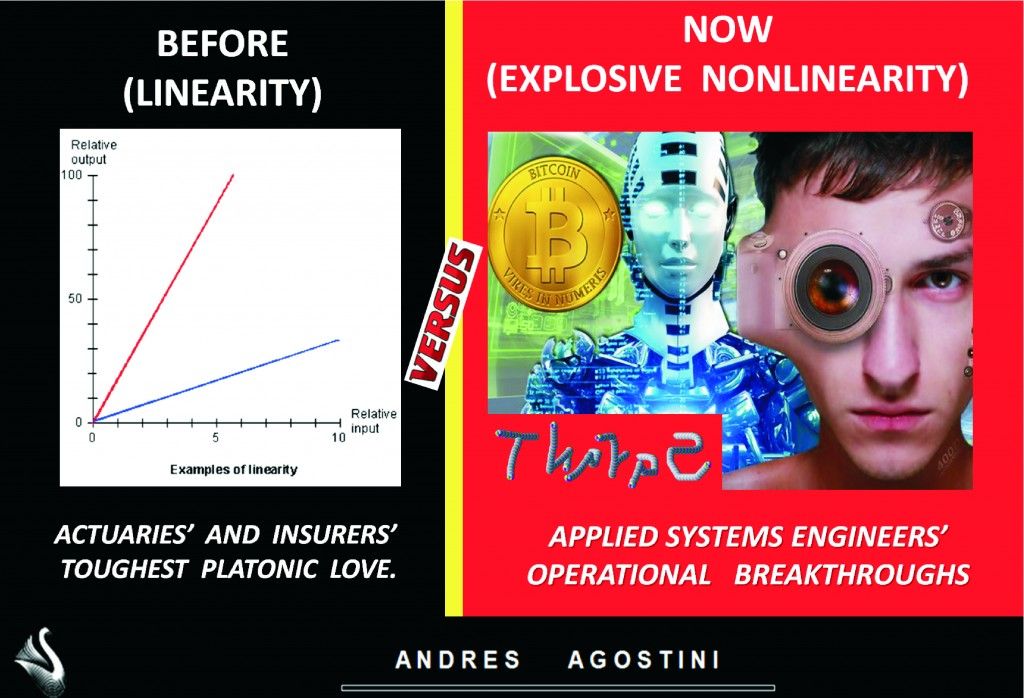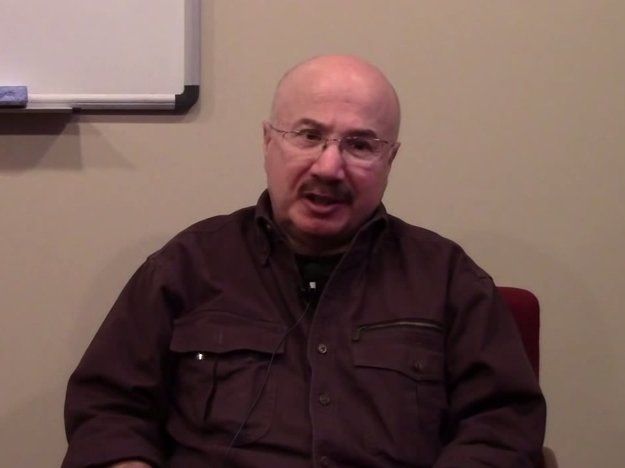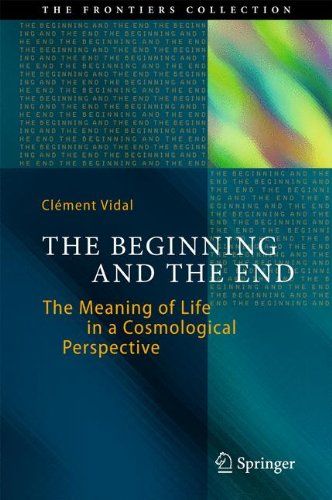Actuarial Sciences Suffice?
QUESTION: Actuarial Sciences Suffice?
ANSWER: Absolutely used by actuaries and some futurists, actuarial sciences are structurally linear and incomplete in a world mired by explosive nonlinearity, fluidly and incessantly.
EXCERPTED FROM THE WHITE SWAN BOOK:
WARNING: Dots are connected.
“…You can never plan [retrospectively, that is a posteriori or ex post facto] the future by the past…” Brackets are of the author.
To set the stage properly, I will start with an enlightening quote by Albert Einstein.
“…The significant problems we face cannot be solved at the same level of thinking we were at when we created then…”
Or, it could be better noted:
“…The significant problems we face [today] cannot be solved [in the future] at the same level of [démodé] thinking we were at when we created then [in the fossilized past]…” Brackets are of the author.
Besides:
As the past and the present are NEVER a script for the future, retrospective analyzes and historic data (a posteriori data provided by actuaries and statisticians) are always being disrupted by the final trends and outcomes.
WHY RETROSPECTIVE [A POSTERIORI] ANALYZES DON’T WORK:
“…After-the-fact [retrospective and hence a posteriori] no longer works [….] Bring it back if you have any trouble with it, and I’ll fix it somehow,’ was the standard comment when you used to pick up a bicycle, automobile, food mixer, or lawn mower from the repair shop. And the repairman meant what he said. He was confident that if he had overlooked anything or made a mistake of any kind, he would get a second shot at fixing [….] The ‘second shot’ is a luxury that no longer exists in many businesses. You get only one chance — after that, you’ll be talking only with attorneys, insurance agents, or bankers …”
And:
“ … Life used to be simple. You knew your customers on a first-name basis. Your product or service was a relatively simple one — understood by both you and your customer. Your name and reputation were sufficient to cover any error or oversight [….] But the world has become complex, too complex to allow such comfortable relationships. Consumer expectations are matching the complexities. Instantaneous news coverage of accidents and losses virtually precludes the private, out-of-sight settlement of risk effects that had previously allowed the after-the-fact resolution of risk to succeed …”
And:
“ … The breadth in that old idea is rapidly being squeezed out — like the inevitable tightening of a boa constrictor around its victim [….] The price for public exposure of loss is high. Managers have begun to realize that risk must be examined formally and resolved beforehand rather than being settled after-the-fact. And they learn from others. It was the 1982 sinking of the offshore drilling rig Ocean Ranger that spurred EXXON top management to order a systematic evaluation of their offshore drilling risks … Even though EXXON does not own such rigs, it recognized that even conducting operations aboard them created risks that demanded before-the-fact identification, evaluation, and control … ” [226] Brackets are of the author.
Hence:
Please remember: “… THE FUTURE IS NOT AN ECHO OF THE PAST…”
So, instead of retrospective data [a posteriori], it is much more important prospective data [a priori, ex ante].
BESIDES:
DEFINING THE TERM “…RETROSPECTIVE…”
“ … Retrospective comprises something that is looking back on, contemplating, or directed to the past [….] looking or directed backward [….] Applying to or influencing the past; retroactive [….] looking or directed backwards, esp in time; characterized by retrospection …. applying to the past; retroactive [….] directed to the past; contemplative of past situations, events, etc. [….] looking or directed backward [….] review, revision, another look, reassessment, fresh look, second look, reconsideration, re-evaluation, re-examination [….] Considering a past event or development [….] Something that is chronologically presented pertaining to business tasks, with the utter object to show the trajectory of those business tasks …”
AND ALSO:
DEFINING THE TERM “…PROSPECTIVE…”
“ … Prospective comprises something that is likely or expected to happen [….] that looks forward to the future [….] that it is anticipated or likely to happen [….] of or in the future [….] potential, likely, or expected [….] yet to be or coming [….] of or concerned with or related to the future Set of analyzes and studies developed, with the utter end of exploring or foretelling the future, regarding a determined subject matter …”.
AS WELL:
DEFINING THE TERM “… A PRIORI …”
“ … A Priori comprises that proceeds from a known or assumed cause to a necessarily related effect; deductive [….] Derived by or designating the process of reasoning without reference to particular facts or experience [….] Knowable without appeal to particular experience [….] Made before or without examination; not supported by factual study [….] relating to or involving deductive reasoning from a general principle to the expected facts or effects [….] to be true independently of or in advance of experience of the subject matter; requiring no evidence for its validation or support [….] existing in the mind independent of experience [….] conceived beforehand …”
A SYNONYM OF A PRIORI IS GIVEN BY THE TERM EX ANTE.
ALSO:
DEFINING THE TERM “… A POSTERIORI …”
“ … A Posteriori indicates the demonstration that entails the ascendance of the effect to the cause, or the properties of the essence of something [….] After examining the matter that is dealt with [….] Derived by or designating the process of reasoning from facts or particulars to general principles or from effects to causes; inductive; empirical [….] Knowable from experience [….] relating to or involving inductive reasoning from particular facts or effects to a general principle [….] derived from or requiring evidence for its validation or support; empirical; open to revision [….] from particular instances to a general principle or law; based on observation or experiment [….] not existing in the mind prior to or apart from experience [….] the process of reasoning from effect to cause, based upon observation …”
A SYNONYM TO A POSTERIORI IS ENTAILED IN THE TERM EX POST FACTO.
ABSOLUTE END.
Authored By Copyright Mr. Andres Agostini
White Swan Book Author (Source of this Article)
http://www.LINKEDIN.com/in/andresagostini
http://www.AMAZON.com/author/agostini
http://LIFEBOAT.com/ex/bios.andres.agostini
https://www.FACEBOOK.com/agostiniandres
http://www.appearoo.com/aagostini
http://connect.FORWARDMETRICS.com/profile/1649/Andres-Agostini.html
https://www.FACEBOOK.com/amazonauthor
@AndresAgostini
@ThisSuccess
@SciCzar


 Would you have your brain preserved? Do you believe your brain is the essence of you?
Would you have your brain preserved? Do you believe your brain is the essence of you? We live in world, where technological advances continually allow new and provocative opportunities to deeply explore every aspect of our existence. Understanding the human brain remains one of our most important challenges– but with 100 billion neurons to contend with, the painstakingly slow progress can give the impression that we may never succeed. Brain mapping research unlocks secrets to our mental, social and physical wellness.
We live in world, where technological advances continually allow new and provocative opportunities to deeply explore every aspect of our existence. Understanding the human brain remains one of our most important challenges– but with 100 billion neurons to contend with, the painstakingly slow progress can give the impression that we may never succeed. Brain mapping research unlocks secrets to our mental, social and physical wellness.



